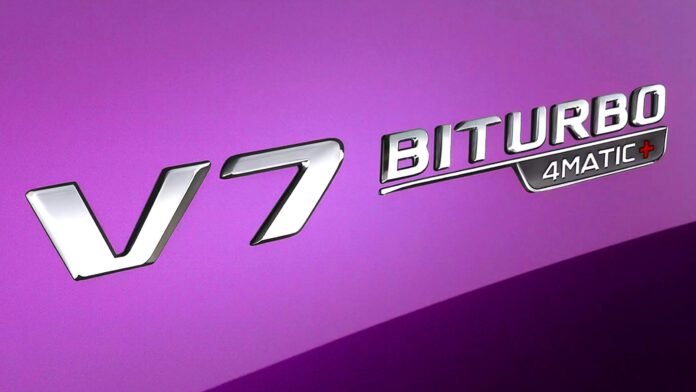The history of automotive engines is filled with experimentation: from small three-cylinder units to massive sixteen-cylinder behemoths. Yet, despite this wide range, a seven-cylinder engine has never become a mainstream option. The reason isn’t simply oversight; it’s a complex interplay of physics, manufacturing constraints, and practical benefit.
The Mathematical Problem
The core issue lies in crankshaft geometry. In a straight-six, the crank journals align at neat 60-degree intervals, while a V8 comfortably settles at 45 degrees. A seven-cylinder engine, however, forces an awkward 51.42857-degree spacing, requiring precise, and costly, machining. This irregularity isn’t merely an inconvenience; it impacts balance and vibration.
Balance and Vibration
While more cylinders generally mean smoother operation, a seven-cylinder configuration introduces unique harmonic imbalances. Inline sixes and cross-plane crank V8s achieve natural smoothness because piston forces cancel each other out. A seven-cylinder engine cannot replicate this inherent balance, resulting in noticeable vibrations at higher RPMs.
Odd-Numbered Engines That Work
It’s important to note that odd-numbered engines can succeed. The five-cylinder, popularized by Audi and Volvo, found a niche between smoothness and size. Similarly, three-cylinder engines, common in compact cars, deliver efficiency with balance shafts mitigating wobble. However, seven cylinders occupy an awkward middle ground: too large for simplicity, too unbalanced for luxury smoothness.
Practical Limitations
Seven-cylinder engines do exist, but primarily in low-RPM applications like large ships or agricultural vehicles. At a few hundred revolutions per minute, sheer mass and flywheels can compensate for imbalance. However, in a high-revving road car, the vibrations become unacceptable.
Why Bother?
The reality is that a seven-cylinder engine offers no meaningful advantage over six or eight-cylinder alternatives, while adding significant complexity. Automakers prioritize practical benefits, and a seven-cylinder design simply doesn’t deliver.
The Electric Shift
The rise of electric powertrains further diminishes the need for cylinder count experimentation. Electric motors deliver smooth, instant torque without inherent balance issues. Meanwhile, three, four, six, and eight-cylinder combustion engines, often turbocharged and aided by hybrid assistance, cover most performance bases.
The Appeal of the Unusual
Despite its impracticality, the idea of a seven-cylinder engine retains a certain fascination. For enthusiasts, its hypothetical soundtrack and unique character are intriguing. However, don’t expect to see one in a production car anytime soon. If you seek unusual engines, consider a rotary-powered Mazda RX-7, a Lancia V4, or a VW V5/W8.
Ultimately, the absence of seven-cylinder engines isn’t a technological oversight; it’s a rational decision based on physics, manufacturing costs, and practical benefits. As the automotive industry shifts towards electrification, the debate over cylinder counts becomes increasingly irrelevant



































